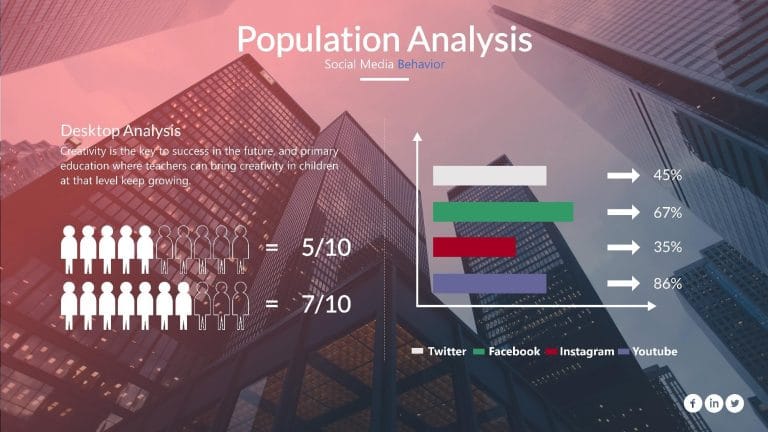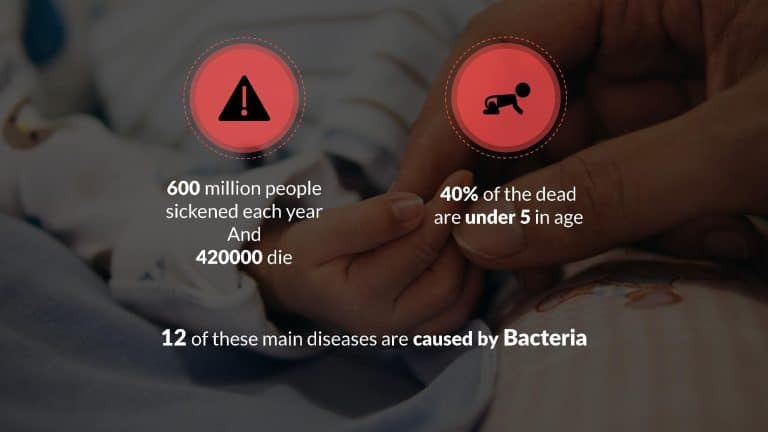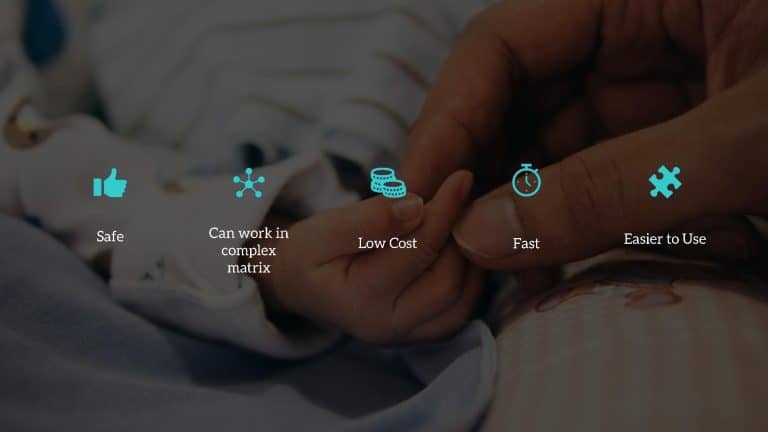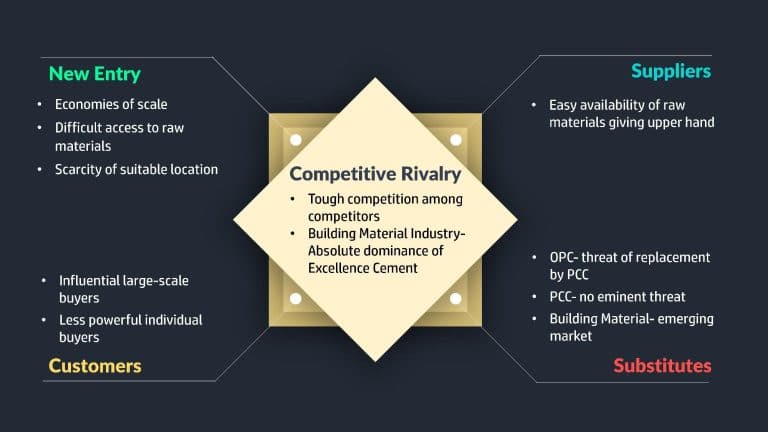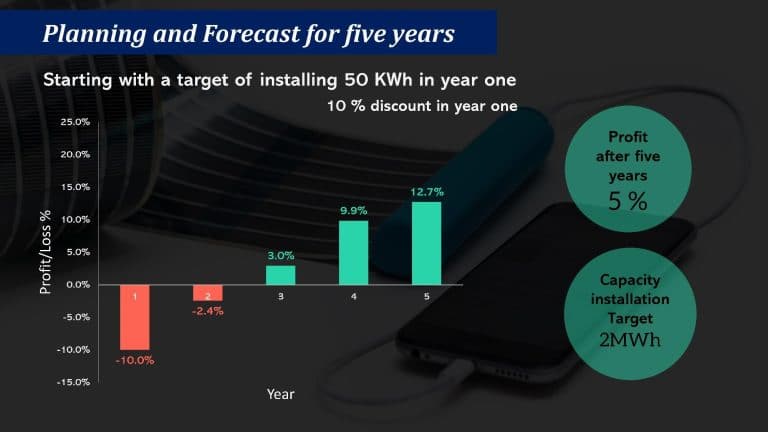Research Publications
- G. H. Khan and M. A. Rahman, “Room Occupancy Detection from Temperature, Light, Humidity, and Carbon Dioxide Measurements Using Deep Learning,” 2021 International Conference on Computer, Communication, Chemical, Materials and Electronic Engineering (IC4ME2), 2021, pp. 1-4, doi:10.1ME253898.2021.9768582109/IC4.
- M. G. T. Ahmed, S. Y. A. Siddiki, G. H. Khan, K. B. Kabir and K. Kirtania, “Modeling Thermodynamic and Kinetic Simulation of Hydrogen Production from Dry Reforming of Natural Gas,” 2021 International Conference on Computer, Communication, Chemical, Materials and Electronic Engineering (IC4ME2), 2021, pp. 1-4, doi:10.1109/IC4ME253898.2021.9768458.
- M. G. T. Ahmed, G. H. Khan, A. H. Rakib, “Risk Analysis of the Accidental Release of Hydrogen Sulfide from a Petroleum Refinery”, Prime University Journal, 2021, pp. 61-71
All publications are listed here: Google Scholar
Projects
Room Occupancy Detection from Temperature, Light, Humidity, and Carbon di Oxide Measurements Using Deep Learning
Completed: August 2021
Room Occupancy Detection from Temperature, Light, Humidity, and Carbon di Oxide Measurements Using Deep Learning
- Sensor data were used to detect occupancy of a room for both open-door and close-door condition.
- Detection modeling was done by Deep Learning.
- Used tools: Python, TensorFlow, Scikit-learn
- Code Link: github.com/galib96/occupancy-detection-uci-data
Modeling Thermodynamic and Kinetic Simulation of Hydrogen Production from Dry Reforming of Natural Gas
Completed: September 2021
Modeling Thermodynamic and Kinetic Simulation of Hydrogen Production from Dry Reforming of Natural Gas
- Process performance analysis of an alternative way to produce Hydrogen from natural gas
namely Dry Reforming, was studied using simulation in Aspen Hysys.
Prediction Modeling of Output Quality of Flotation Plant in Iron Ore Mining Process using Machine Learning Techniques
Completed: September 2021
Prediction Modeling of Output Quality of Flotation Plant in Iron Ore Mining Process using Machine Learning Techniques
- In flotation plants, process changes depend on lengthy output analysis. To make it quicker, ML techniques were tried and compared to build the best model from process data to predict
impurity in the output. - Used tools: Python, TensorFlow, Scikit-learn
- Code Link: github.com/galib96/quality-prediction-mining
Design of a Municipal Solid Waste Processing Plant for Production of 5 TPD Bio fuel
Completed: April 2019
Design of a Municipal Solid Waste Processing Plant for Production of 5 TPD Bio fuel
- This design project contained design of a MSW processing plant using Gasification. This was part of the design project during Leve-4 of undergrad. study.
- Used tools: Aspen Plus, MS Visio and Python for process simulation and balancing, PowerPoint for equipment design, and Excel for project feasibility study.
Effects of Tertiary Membrane Filtration (UF-RO) on ETP Treated Textile Effluents
Completed: April 2019
Effects of Tertiary Membrane Filtration (UF-RO) on ETP Treated Textile Effluents
Effluent water from several Textile ETP were passed through a portable Ultra Filtration and Reverse Osmosis system. Then it was tested whether color, salts and other chemicals can be removed and a quality similar to drinkable tap water can be achieved. This can enable a potential water cycle to reuse the effluent water.
More Projects are on: https://github.com/galib96
Design & Presentations
Pioneros 2.0 Final
Presentation at the grand finale
Review of a Research Paper
Part of undergrad course at BUET
Honors and Awards
Champion, ICChE National Chem E Car 2017
The objective was to make car powered by chemical reaction which can go at certain distance taking fixed amount of load. The stopping must be by a chemical reaction.
1st Runner Up, Pioneros 2.0, 2018
Pioneros is an inter-university Business case competition organized by Entrepreneurship Development Club, BUET powered by Lafarge-Holcim. The whole competition comprised of three rounds: Online case solving round, Instant Case solving round and Grand Finale. 500 teams were participated in the first round and 10 teams were in the Final.
